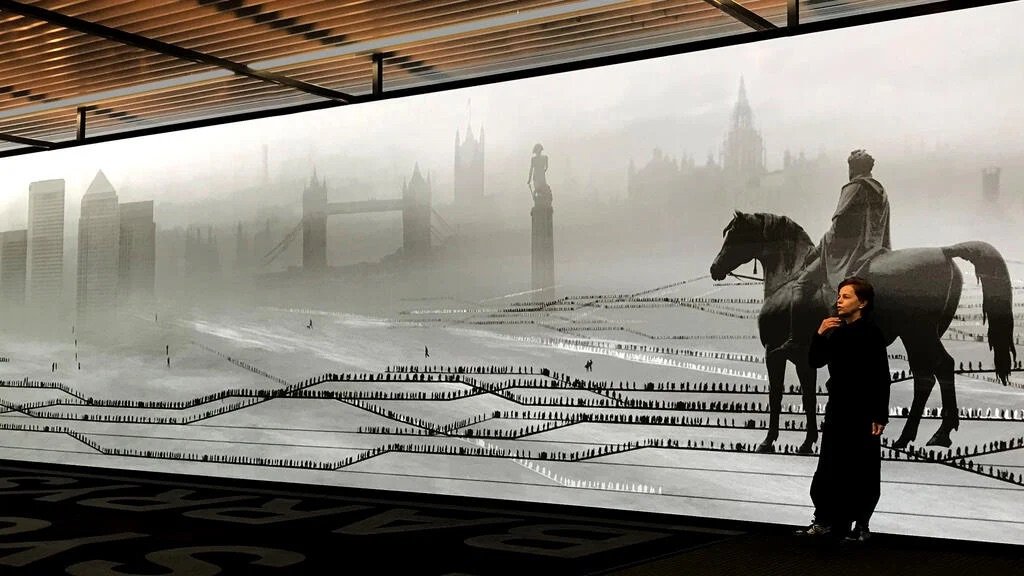August 22, 2023
Anina Major (New York, NY; b. 1981) draws on the ancient weaving practice of plaiting to create ceramic sculptures, having begun by employing the traditional styles from The Bahamas, her birthplace, and expanding the research to illuminate kinship connections across the Black diaspora that manifest through the act of making. Further emphasizing the historical importance of weaving as a means of communication that can address issues of cultural erasure and preservation through archival engagement, Major’s fellowship will support additional anthropological research, along with legacy planning and professional development opportunities.
About the Fellowship
In 2021, the Joan Mitchell Foundation reconceived and relaunched our primary granting program to more actively explore the ways in which multi-year financial support can help artists transform their practices and secure their legacies. Central to the structure of our Fellowship is longitudinal support that recognizes that the greatest benefits of fellowship opportunities are often nurtured over time, through sustained engagement and relationship-building.
The Fellowship’s monetary award for recipients extends over a five year period, with an initial $20,000 payment this year followed by four years of $10,000 installments. The Foundation also provides opportunities for artists to engage in programs that focus on personal finance, legacy planning, and self-advocacy, among other opportunities. Layered into the support structure are annual in-person convenings that build connections among the Fellows and virtual engagement sessions that further foster a peer learning community.
“The 2023 cohort of Joan Mitchell Fellows again underscores the value of a multi-year program, as it brings together a group of artists with diverse practices, interests, and backgrounds, all of whom articulated, in their Fellowship applications, the impact that financial and professional support over time will have on their work and their lives,” said Christa Blatchford, Executive Director at the Joan Mitchell Foundation. "This commitment to extended engagement is also in line with the legacy of Joan Mitchell herself, who so often offered personal assistance to other artists, and whose directive for her foundation was to continue that approach of direct support for working artists.”
Read More






















